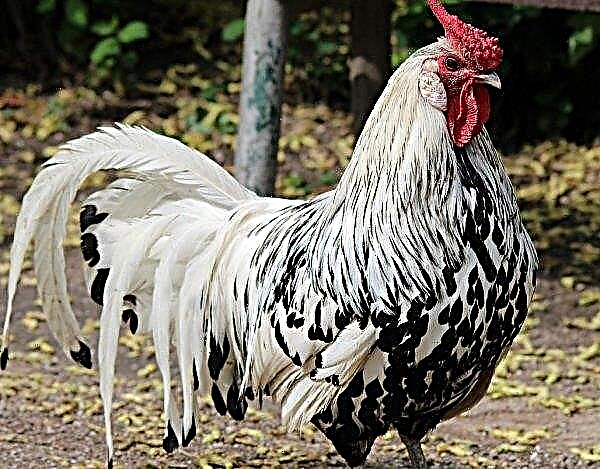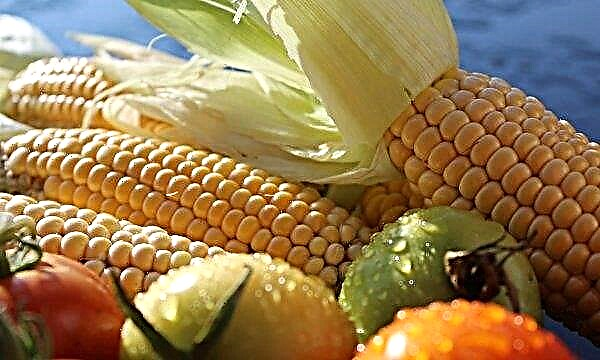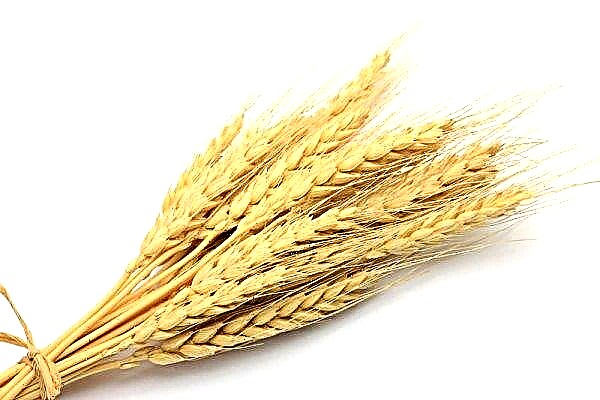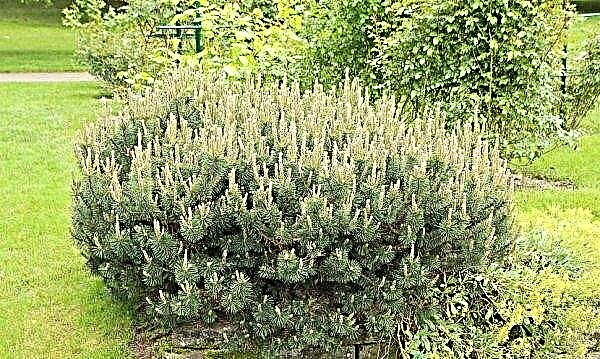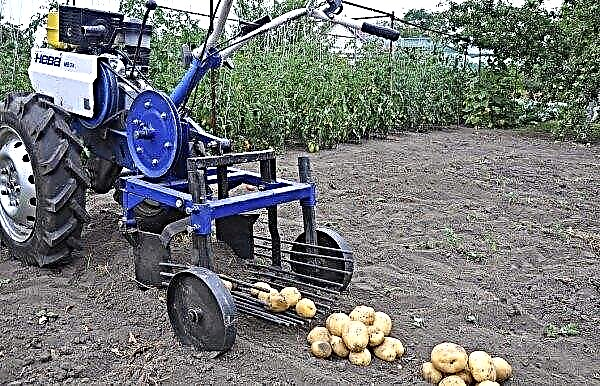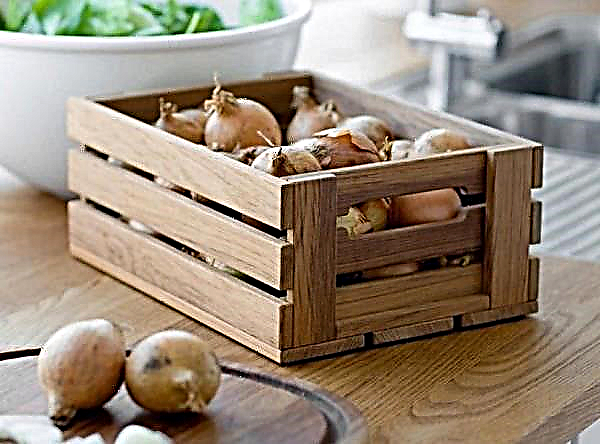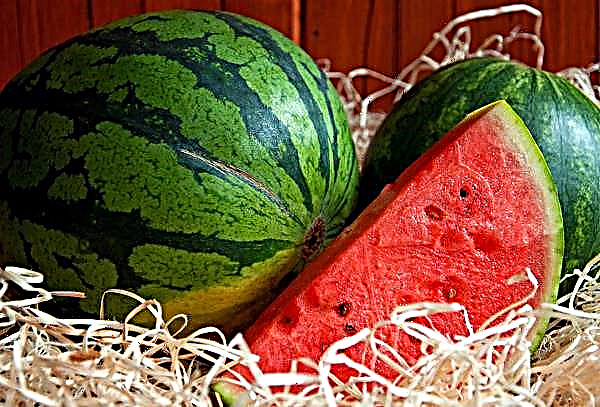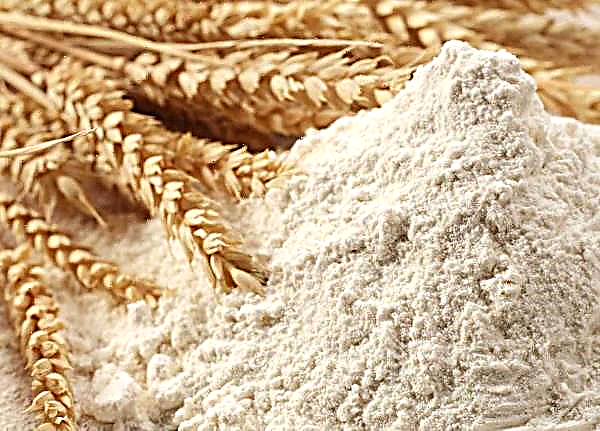Balsam is a popular indoor plant, which can be decorative if you create a favorable microclimate for it and conduct quality care for it. Ignoring these requirements leads to the fact that the flower grows ugly, blooms poorly, and often gets sick. Most often, knowing how to revive balsam, it can be saved - in the article we will consider how to do it correctly in case of various problems.
Description and characteristics of the plant
Balsam is classified as the family of annuals, perennials and shrubs, numbering about 500 representatives. In wild conditions, the plant is distributed in tropical and subtropical regions, in Asia, Africa. This flowering culture has solid, glossy leaves, they are ovoid in shape and with serrated edges. Depending on the type, they can be of various shades - green, reddish, bronze. The plant blooms with flowers of 5 petals, 4 of which are fused and directed down. Their diameter is from 2 to 4 cm. Petals in flowers are terry or simple. They are painted in red, pink, yellow, white, are two-tone. Flowering lasts from April to November. The flower has many popular names: for example, Vanka wet, Diligent Lizzy, Impatiens, Twinkle.
The plant blooms with flowers of 5 petals, 4 of which are fused and directed down. Their diameter is from 2 to 4 cm. Petals in flowers are terry or simple. They are painted in red, pink, yellow, white, are two-tone. Flowering lasts from April to November. The flower has many popular names: for example, Vanka wet, Diligent Lizzy, Impatiens, Twinkle.
Common balsamine diseases and their treatment
In home gardening, about 10 types of balsam are popular. They all love intense lighting, high humidity, well-moistened soil, quality care. If you do not provide them with all of the above, then flowers can affect many diseases. The fact that the causative agent of some ailment has penetrated into the body of the plant, it will tell about changes in appearance. When they are detected, it is necessary to establish which disease has developed on the flower, eliminate the cause of its appearance and timely treatment.
Did you know? Balsam is popularly called Impatiens due to the fact that even with a light touch on the seed boxes, seeds are shot from them. And from the Latin language the name of the flower is translated as "sensitive."
Root rot
This disease develops with excessive watering. You can detect it during a transplant, and suspect it in case of yellowing and falling of leaves, observing a lethargic state. If the disease is detected in the early stages, then the plant can be saved - it urgently needs to be transplanted into a new container and soil. After extracting the flower from the ground, it is important to inspect the root system well and remove the roots damaged by the disease. Slicing areas should be dusted with activated or charcoal. Healthy roots should be treated with any systemic fungicide for the purpose of prevention. After transplanting, it is important to establish the correct regime and intensity of irrigation - they should be plentiful, but without bays. If, after removing the bush from the ground, it turns out that most of the root system is damaged by rot, then saving it is inappropriate. However, you can cut strong cuttings and grow young plants from them. The mother flower should be disposed of with the earth and the pot.
After transplanting, it is important to establish the correct regime and intensity of irrigation - they should be plentiful, but without bays. If, after removing the bush from the ground, it turns out that most of the root system is damaged by rot, then saving it is inappropriate. However, you can cut strong cuttings and grow young plants from them. The mother flower should be disposed of with the earth and the pot.
Gray rot
Symptoms of infection with this ailment are brown spots on the leaves, white plaque on the stem, wilting. The most common cause of the development of the disease is an irregular irrigation regime. For treatment, fungicide treatments, for example, Fitosporin-M or another with a similar effect, are used. In order to prevent disease, you need to properly water the flower. Water should be settled and warm. The following hydration is carried out after the top soil layer has dried. If bottom watering is used, it is important to drain the water that remains in the pan after 20-30 minutes. Planting should be done only in a pot with holes for removing excess moisture, be sure to lay a drainage layer of expanded clay, broken brick or other material on its bottom.
The following hydration is carried out after the top soil layer has dried. If bottom watering is used, it is important to drain the water that remains in the pan after 20-30 minutes. Planting should be done only in a pot with holes for removing excess moisture, be sure to lay a drainage layer of expanded clay, broken brick or other material on its bottom.
Important! When treating plants with chemicals at home, personal safety measures should be followed: protect hands with gloves, eyes with glasses, nose and mouth with a mask. It is strictly forbidden to eat, drink, smoke.
Powdery mildew
When growing in a room where it is constantly hot and dry, as well as with excessive moisture, there is a high risk of powdery mildew. A characteristic symptom of this disease is a powdery coating of white on the leaves. It looks like foliage is sprinkled with flour. Initially, it appears on the lower leaves, which soon blacken and fall. If the first signs of the disease are detected, immediately remove the affected leaves and spray the flower with a fungicide, for example, “Skor”, “Fundazol”, “Topaz”, or copper sulfate. After this, it is advisable to transplant into new soil and fertilize with potassium and phosphorus fertilizers.
If the first signs of the disease are detected, immediately remove the affected leaves and spray the flower with a fungicide, for example, “Skor”, “Fundazol”, “Topaz”, or copper sulfate. After this, it is advisable to transplant into new soil and fertilize with potassium and phosphorus fertilizers.
Bacteriosis
Growing in cold temperatures and with constant waterlogging can provoke the development of bacteriosis. A characteristic sign of the disease is black spots on the foliage. Unfortunately, this dangerous ailment is not treatable. It is important to detect it in time and destroy the plant, until the disease has spread to other domestic flowers.
Bronze
If the plant becomes infected with bronze, its leaves and stems wither and deform, and small holes of various sizes and wrinkles are visible on the foliage. This disease, excited by the virus, is not treated - therefore, the plant will have to be destroyed.
Mosaic
The causative agent of this disease is a dangerous virus that is transmitted by parasites. Symptoms of balsam mosaic lesion:
- leaf deformation;
- the formation of yellow spots on them;
- wilt of the stem;
- stunting.
 Like all viral diseases, the mosaic is not treatable, but in rare cases, indoor cultures can be saved. The flower must be isolated from other plants, cut the affected leaves, heal from harmful insects, transplanted into a new soil and pot and provide quality care.
Like all viral diseases, the mosaic is not treatable, but in rare cases, indoor cultures can be saved. The flower must be isolated from other plants, cut the affected leaves, heal from harmful insects, transplanted into a new soil and pot and provide quality care.Did you know? In room culture, balsam has been used since the 16th century. Medieval ladies decorated their rooms with them.
Possible pests
Dangerous for balsam and some harmful insects. Most often, the following pests attack it:
- Aphid. Able in a short time to completely destroy the flower by drinking juice from it. It lives on the lower leaf plate, is a miniature insect in green or black. The first signs of the presence of the parasite are yellowing and twisting of foliage. At first, the plant can be helped by wiping it with a soapy solution. If such manipulations do not help, it is worthwhile to perform chemical treatments. They fight aphids with the help of Fitoverm, Actellika, Intavira, or other insecticides.

- Spider mite. In the course of his life, he entangles a flower with cobwebs, feeds on plant juices. Its appearance leads to the fact that the balsam leaves turn yellow, dry and fall, the flower withers and soon dies. To combat the pest, they use Actellik, Fitoverm, Sunmayt, Aktofit, Fufanon.

- Whitefly This is a small butterfly with white wings. If you often see her fluttering near a flower, then she must have laid eggs on it, from which larvae that eat leaves will hatch. They fight the butterfly and larvae by spraying them with “Actellik”, “Iskra”, “Aktara”, “Fitoverm”. Folk remedies are also used - processing with tobacco, dandelion, garlic infusions, dusting with wood ash, washing with soapy water.

Common growing problems and solutions
In addition to the fact that balsam is sick and affected by parasitic insects, other problems can be observed during its cultivation.
Leaves are curled
The curling of the leaves suggests that the plant has not been transplanted for a long time, and it became crowded in the pot. The situation can be corrected by transplanting into a new nutrient soil and a larger pot. Also, the leaves can curl if the flower is deficient in light. You need to rearrange it in a lighter place or put additional artificial lighting. The same problem may occur because balsam is cold. It is necessary to increase the air temperature to the optimum - + 20 ... + 25 ° С.
Yellowing leaves
Leaves turn yellow in a plant that is experiencing stress. There can be several reasons for a stressful situation:
- sharp temperature difference;
- decrease in lighting intensity;
- exposure to drafts;
- long absence of transfers.
In the summer, yellow spots on the leaves or their complete yellowing may indicate sunburn. To restore the flower to its former beauty, it is necessary to establish and eliminate the cause precisely. It is important to familiarize yourself once again with the recommendations for growing and caring for balsam, create favorable conditions for the flower and establish regular care for it.
The buds do not open
This condition of the flower can occur if it was recently bought or transplanted: this sign can talk about adaptation. The habituation of a flower to new conditions usually lasts for a month. Such a condition does not require treatment - you only need to take good care of balsam. After adaptation, the flower should grow and bloom on time.
Buds fall
Buds fall if the flower is grown in too cold conditions. It is important to remember that balsam is thermophilic, which means that low temperatures are contraindicated for it. The lowest possible indicator that this indoor culture can withstand is –13 ° С. Also, the reasons that the plant drops buds are low humidity and insufficient watering. To fix the problem, first you need to control the temperature at which the flower grows, and then humidity and pay attention to whether it receives enough moisture. If you bring each of the parameters to the recommended, then, most likely, the buds will no longer fall.
Also, the reasons that the plant drops buds are low humidity and insufficient watering. To fix the problem, first you need to control the temperature at which the flower grows, and then humidity and pay attention to whether it receives enough moisture. If you bring each of the parameters to the recommended, then, most likely, the buds will no longer fall.
Stems are pulled
Pulling stems and shoots occurs when there is a lack of light. You should move the pot with the plant to a lighter place, install an additional light source.
Important! In order for the crown of the bush to be uniform, the pot periodically needs to be rotated 90 ° C: so all sides of the plant will receive enough light.
Weak flowering
If balsam does not bloom or produces too few flowers, and the flowering time has been greatly reduced, then a possible reason may be to plant in too large a capacity. In such a situation, the plant directs all efforts to build up the root system and green mass and refuses to produce buds. Correcting the situation can be a transplant in a pot corresponding to the current size of the flower. After the root system has mastered a new earthen lump, flowering will begin. Lack of flowering is also observed with incorrect dressings. Top dressing should be applied only during the growing season of the flower. Starting in October (if the flower does not bloom year-round), they must be stopped and renewed in March. Such a break will allow the plant to rest and gain strength for flowering next year. Slow flowering occurs in the case of growing the flower in the wrong conditions, namely at too high a temperature and low humidity. As soon as you adjust these parameters and bring them to the recommended ones, the plant will again delight you with abundant color.
Top dressing should be applied only during the growing season of the flower. Starting in October (if the flower does not bloom year-round), they must be stopped and renewed in March. Such a break will allow the plant to rest and gain strength for flowering next year. Slow flowering occurs in the case of growing the flower in the wrong conditions, namely at too high a temperature and low humidity. As soon as you adjust these parameters and bring them to the recommended ones, the plant will again delight you with abundant color.
How to reanimate a flower after an illness?
After treating the disease, the plant needs to be transplanted into a new pot and ground, fed with a complex fertilizer, provided with the necessary conditions in the form of optimal lighting, temperature, humidity, as well as regular care.
Recommendations for proper care at home
In this section, we have collected the most important recommendations that must be followed in order to achieve the proper growth and development of the plant, its abundant and long flowering:
- A flower pot should be placed on the lightest window sill. The best option is the west and east side. When grown in the south, shading from direct sunlight will be required.
- In winter, to illuminate a room culture, you need to install artificial lighting, preferably a fluorescent lamp.
- In the summer, the flower will grow well in the fresh air.
- The best soil for growing balsam is a mixture of leaf, turf, peat and sand (in equal amounts).
- During flowering, the plant should be fertilized 1 time in 14 days. For feeding, any ready-made composition designed specifically for flowering indoor crops is suitable.
- Watering is carried out with tap water, warmed up to room temperature, left to stand for 1-2 days or passed through a filter.
- Regular spraying is beneficial for the plant. If the air temperature in the room is above + 22 ° C, you need to spray it daily.
- To form a beautiful balsam crown, annual spring pruning is needed. All shoots are cut in half, pinch the top.
- A transplant into a larger pot is done once a year, in the spring.
- It is not recommended to grow balsam for longer than 2-3 years. In the future, it will reduce its decorativeness, worse bloom. Plant renewal is recommended by cuttings.
 Thus, balsam is a beautiful indoor flower, which in the absence of proper care and when grown in the wrong microclimate begins to suffer from diseases. Most of them are treatable, but therapy should be done in a timely manner.
Thus, balsam is a beautiful indoor flower, which in the absence of proper care and when grown in the wrong microclimate begins to suffer from diseases. Most of them are treatable, but therapy should be done in a timely manner.




